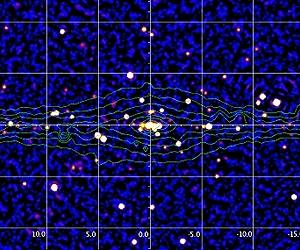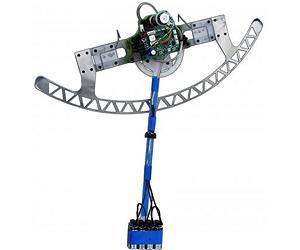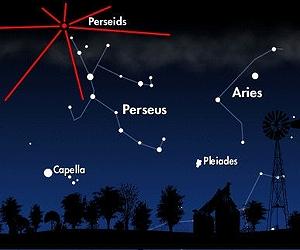
A dense smog shrouded Moscow on Friday, grounding flights at the city's international airports, seeping into homes and offices and stinging the eyes of residents as wildfires raged to the east and south.
Dozens of incoming flights were diverted from the capital's Domodedovo and Vnukovo airport hubs, as smog from blazes around the capital brought runway visibility down to 220 yards, airport officials reported.
All incoming flights to Moscow were being offered alternative airports at which to land, but the decision to divert was up to individual flight crews, Domodedovo spokeswoman Yelena Galanova said.
Moscow's other main airport, situated on the opposite side of the city from most of the blazes, freed up tarmac space to receive some planes. Other flights diverted to St. Petersburg and Kazan, a city 500 miles (800 kilometers) east of Moscow, Irina Ivanova, a Vnukovo Airport spokeswoman, said.
Visibility in parts of the capital was down to a few dozen yards due to the smog caused by the fires, which carries a strong burning smell and causes coughing. Airborne pollutants such as carbon monoxide were four times higher than average readings — the worst seen to date in the Russian capital.
Kremlin spires and church domes disappeared into the dirty mist, which is forecast to hang in the air for days due to the lack of wind.
"It hurts my eyes," student Valeriya Kuleva said on a central Moscow street. "I'm wearing a mask, but nothing helps."
"It's just impossible to work," said Moscow resident Mikhail Borodin, in his late 20s, as he removed a mask to puff on a cigarette. "I don't know what the government is doing, they should just cancel office hours."
More than 500 separate blazes were burning nationwide Friday, mainly across western Russia, according to the Emergencies Ministry. Dozens of forest and peat bog fires around Moscow have ignited amid the country's most intense heat wave in 130 years of record-keeping.
"All high-temperature records have been beaten, never has this country seen anything like this, and we simply have no experience of working in such conditions," Moscow emergency official Yuri Besedin said Friday.
He added that 31 forest fires and 15 peat-bog fires were burning in the Moscow region alone.
At least 52 people have died and 2,000 homes have been destroyed in the blazes. Russian officials have admitted that the 10,000 firefighters battling the blazes aren't enough — an assessment echoed by many villagers, who said the fires swept through their hamlets in minutes.
To minimize further damage, Russian workers have evacuated explosives from military facilities and were sending planes, helicopters and even robots to help control blazes around the country's top nuclear research facility in Sarov, 300 miles east of Moscow.




 Astronomers have found unexpected rings and arcs of ultraviolet light around a selection of galaxies, four of which are shown here as viewed by NASA's and the European Space Agency's Hubble Space Telescope.
Astronomers have found unexpected rings and arcs of ultraviolet light around a selection of galaxies, four of which are shown here as viewed by NASA's and the European Space Agency's Hubble Space Telescope.












































